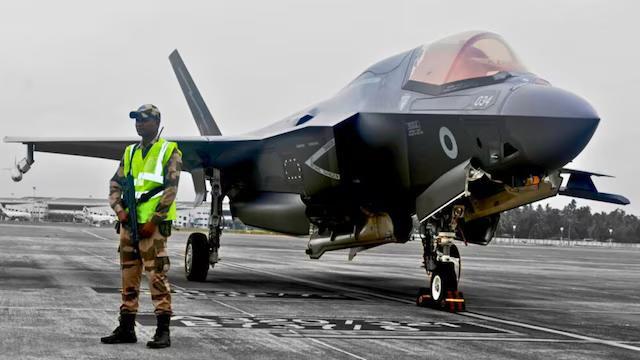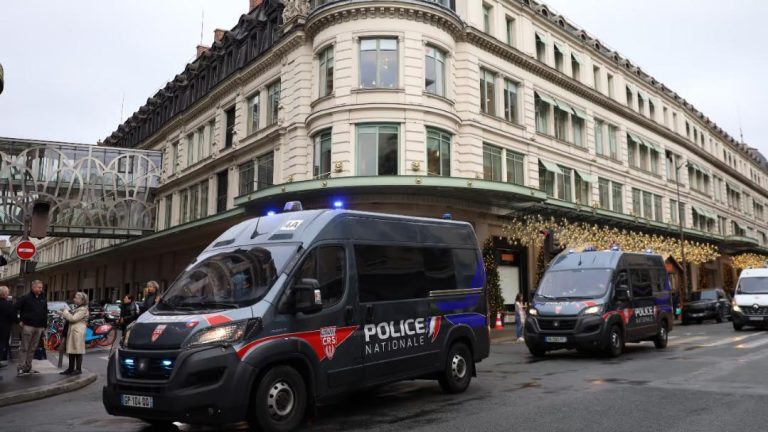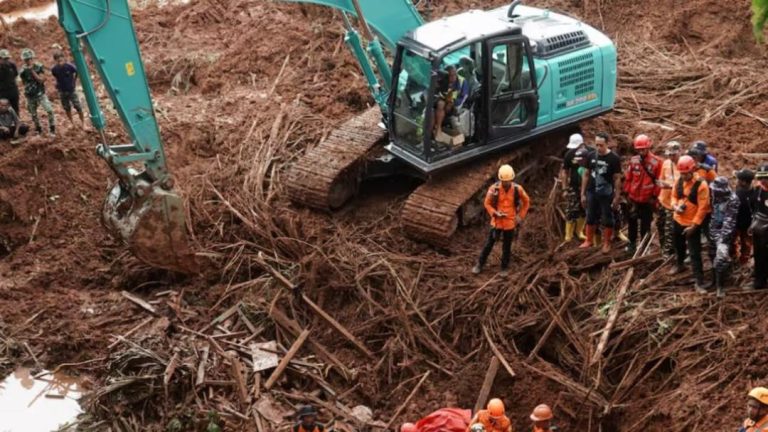
UK Agrees to Move its F-35B Fighter Jet Stranded at Kerala Airport for 2 Weeks
In a recent development, the United Kingdom has finally agreed to move its F-35B fighter jet, which made an emergency landing at Kerala’s Thiruvananthapuram airport two weeks ago, to a Maintenance Repair and Overhaul (MRO) facility at the same airport. The news comes as a relief to both the Indian authorities and the British government, who had been working together to find a solution to the impasse.
The F-35B fighter jet, which is a short takeoff and vertical landing (STOVL) variant of the F-35 Lightning II, made an emergency landing at the Thiruvananthapuram airport on February 19, 2023, due to a technical issue. The jet, which was on a routine training exercise, was being operated by the UK’s Royal Navy.
Initially, reports suggested that a special towing equipment was being flown in from the UK to move the jet, which had caused concerns among local authorities and residents. However, in a sudden turn of events, the UK government has now accepted an offer to move the jet to the MRO facility at the Thiruvananthapuram airport.
“We thank the Indian authorities for their assistance and cooperation in resolving this issue,” said a UK spokesperson. “We are pleased to confirm that the F-35B jet will be moved to the MRO facility at Thiruvananthapuram airport for repair and maintenance.”
The decision to move the jet to the MRO facility is seen as a significant development, as it will not only resolve the issue of the stranded jet but also ensure the safety and security of the aircraft and its crew. The facility, which is equipped with state-of-the-art machinery and expertise, will carry out the necessary repairs and maintenance to get the jet airworthy again.
The incident has also raised concerns about the preparedness of Indian airports to handle international flights, particularly those carrying military aircraft. The Thiruvananthapuram airport, which is a major hub for international flights, has come under scrutiny for its ability to handle emergency situations.
The Indian government has, however, defended the airport’s preparedness, saying that it has taken all necessary measures to ensure the safety and security of passengers and aircraft. “The airport has adequate infrastructure and personnel to handle emergency situations,” said a government spokesperson. “The incident with the F-35B jet was an isolated one and did not reflect on the preparedness of the airport.”
The incident has also sparked concerns about the potential risks and consequences of military aircraft making emergency landings at civilian airports. While such incidents are rare, they can have serious consequences if not handled properly.
The F-35B jet, which is a highly advanced aircraft, is capable of taking off and landing vertically, making it an ideal choice for military operations. However, its advanced technology and high-speed capabilities also make it prone to technical issues, which can be challenging to resolve.
In conclusion, the UK’s decision to move its F-35B fighter jet to the MRO facility at the Thiruvananthapuram airport is a welcome development, which will not only resolve the issue of the stranded jet but also ensure the safety and security of the aircraft and its crew. The incident, while rare, highlights the importance of preparedness and cooperation between governments and airports to handle emergency situations.






